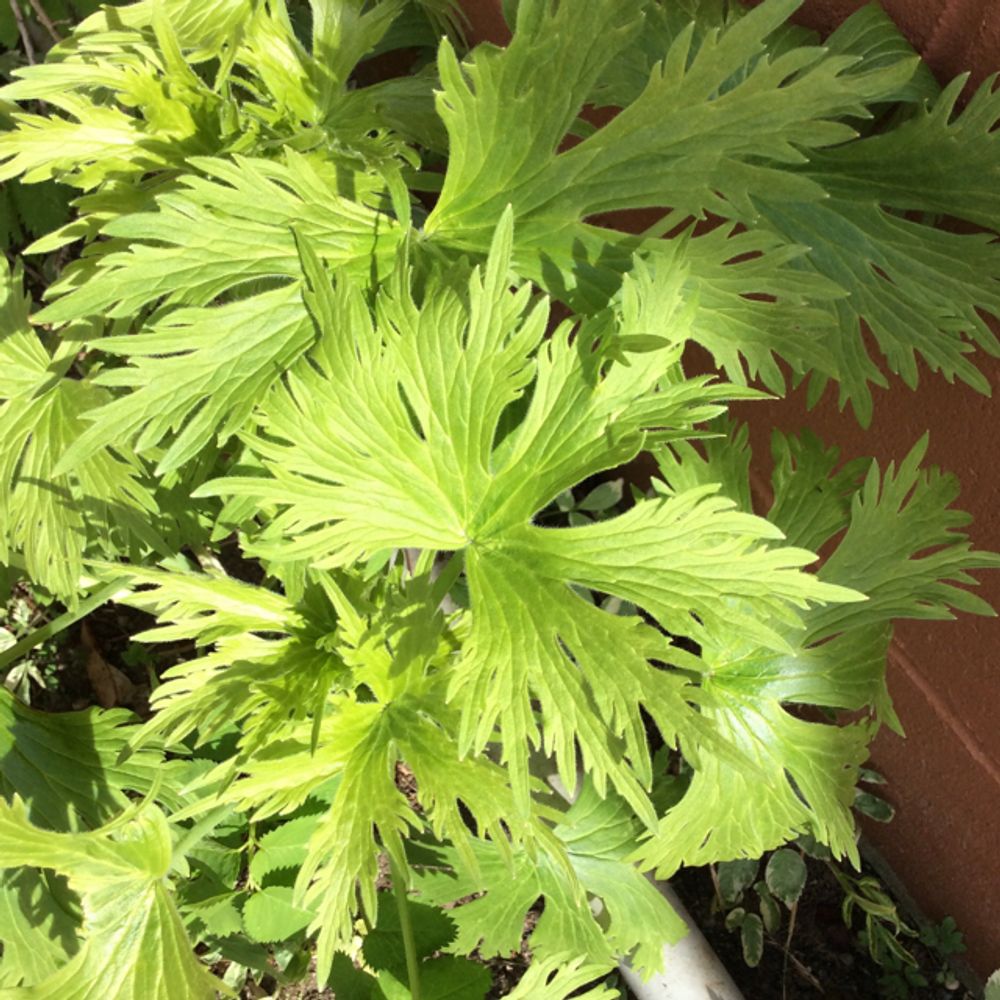Larkspur
(Delphinium)

Description
“Pet poisonous” - Toxic to Cats Delphinium is a genus of about 300 species of perennial flowering plants in the family Ranunculaceae, native throughout the Northern Hemisphere and also on the high mountains of tropical Africa. All members of the Delphinium genus are toxic to humans and livestock. The common name "larkspur" is shared between perennial Delphinium species and annual species of the genus Consolida.Molecular data show that Consolida, as well as another segregate genus, Aconitella, are both embedded in Delphinium.The name "delphinium" derives from the Latin for "dolphin", referring to the shape of the nectary. The leaves are deeply lobed with three to seven toothed, pointed lobes in a palmate shape. The main flowering stem is erect, and varies greatly in size between the species, from 10 centimetres in some alpine species, up to 2 m tall in the larger meadowland species. In June and July (Northern Hemisphere), the plant is topped with a raceme of many flowers, varying in color from purple and blue, to red, yellow, or white. In most species each flower consists of five petal-like sepals which grow together to form a hollow pocket with a spur at the end, which gives the plant its name, usually more or less dark blue. Within the sepals are four true petals, small, inconspicuous, and commonly colored similarly to the sepals. The eponymous long spur of the upper sepal encloses the nectar-containing spurs of the two upper petals. The seeds are small and often shiny black. The plants flower from late spring to late summer, and are pollinated by butterflies and bumble bees. Despite the toxicity, Delphinium species are used as food plants by the larvae of some Lepidoptera species, including the dot moth and small angle shades.
Taxonomic tree:







